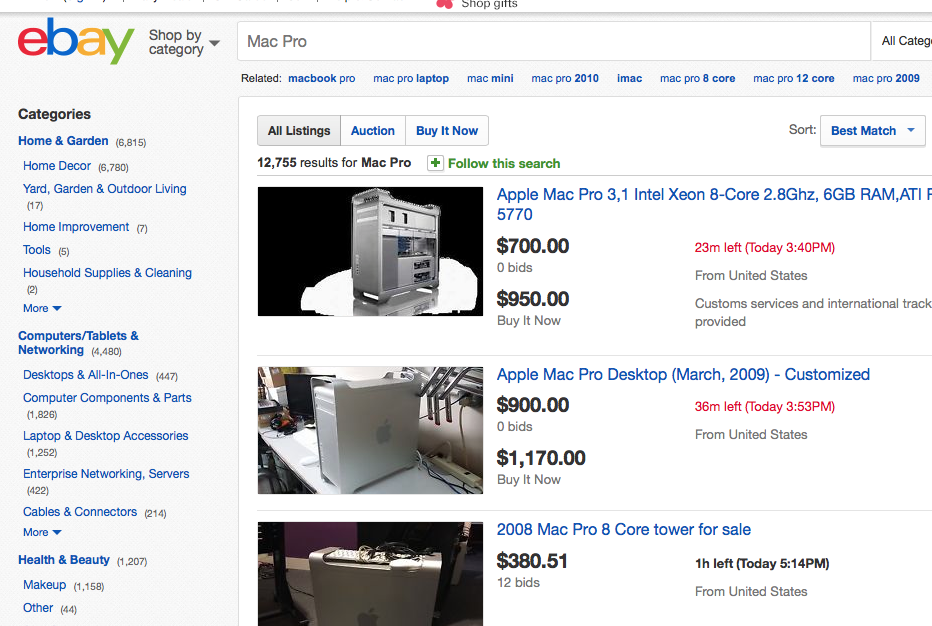When we built our first home studio back in the late 1980s the choice of large capsule capacitor mic's was small and prices were high. The two mic's that most owners aspired to owning were the Neumann U87 (then around £1000) and the AKG 414 (£700). This was a lot of money back then and meant that many had to make do with an AKG C1000 or even a humble SM57 or SM58.
There was also less information available about other mic's (no internet in the 1980's!), but even had we known about Telefunken and Royer we still wouldn't have been able to afford them.
However, towards the end of the 1980's a few more affordable models emerged including those from Oktavia, Rode and MicroTech Gefell (we bought their UM70, which over 25 years later is still our preferred FET mic for many lead vocal sessions). We remember the UM70 cost us around £400. Today the current version of the mic is around £1200 and the U87 is over £2000.
Today the choice of affordable mic's is astonishing, and you no longer need to spend anything like this to acquire a great sounding mic. We couldn't begin to list the available models. The internet has made it possible for us to find, audition and buy models from small "boutique" companies all around the world including the US and Eastern block.
In fact it has become increasingly hard to justify buying an expensive mic when the differences between models can often be negated with careful positioning, choice of environment and of course matching to a source sound.
 |
| Our affordable mic's - A Neumann M147 (eBay bargain), MicroTech Gefell UM70 (£400 new in 1989), and an SE Electronics Z5600a (£350 new in 2006) |
In the last year we have auditioned a number of +£2000 mic's and passed on all of them. Not because they weren't good mic's but simply because they weren't obviously "better" than the affordable models we bought.
A few years ago we attended the launch of SE Electronic's SE4400a at Air Lyndhurst studios in London. This mic was compared with almost all the top mic's from the studios mic cabinet in a live recording session and despite it's £450 price tag nearly everyone agreed it was a fantastic sounding mic that out-performed most of the other's. Needless to say we bought a pair.
How wonderful to live in a time when high-quality studio gear is so affordable. With a mic such as the 4400a, an affordable interface, a MacMini and a copy of Logic you have all the tools you need to make a recording as good as any professional production. Of the course the real problem now is that we don't have any excuses not to!
Thanks for watching and reading
FairFax





